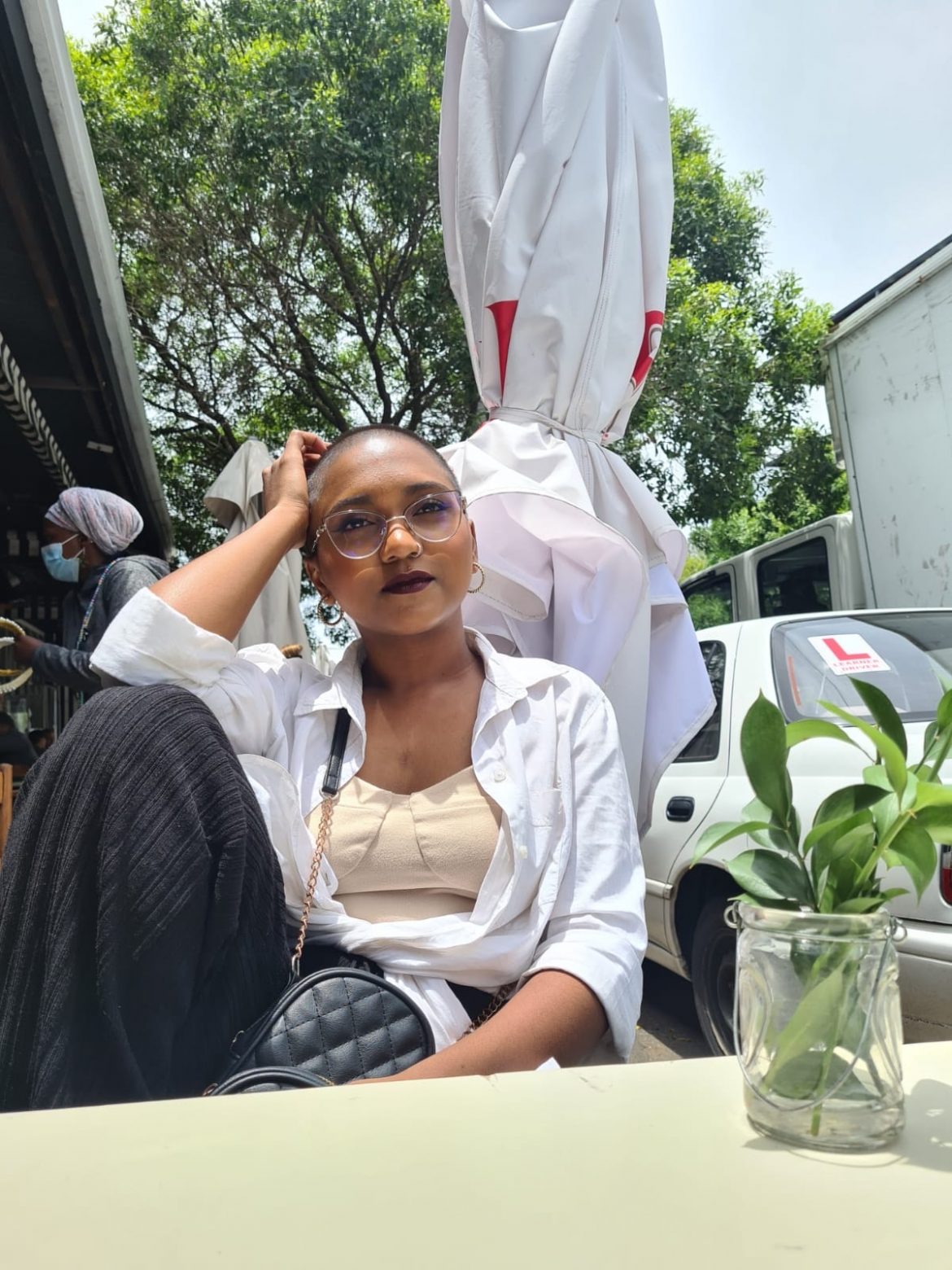There were many takes that news outlets focused on when covering the infamous smack-down Chris Rock received from Will Smith at the Oscars earlier this year.
However, something important that came out of the scene wasn’t who was right or wrong, but rather why Smith reacted the way he did in defence of Jada Pinkett Smith’s alopecia areata.
Alopecia in general, to those who don’t have it, may seem like a fancy way to describe hair loss. However, it’s actually a far more complex condition that can be caused from many things – most infamously, chemotherapy.
Some misconceptions about alopecia are that it ‘targets’ older people or that it can’t impact people who are healthy – which are both far from the case.
Recently, a local, 26-year-old Bibi Rasti Adamgee opened up to us about her alopecia journey, from a perspective that’s often missed – an authentic one.
This is her story:
While prepping for my family vacation in the summer of 2018 (I was 22 at the time), I popped into my salon for a fresh cut. Bangs and bobs seemed to be the order of the day and 4 or so inches later, I had exactly that. That December we went to Mauritius and Cape Town and both places were extremely hot and humid which resulted in my fresh, slick bob mostly being pinned up or plaited neatly. It wasn’t until we got back to SA that the discovery that would change my life, was made.
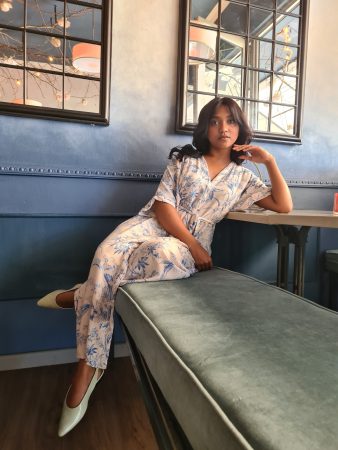
While driving through quaint, little towns and exploring the Cape, we stopped at a superette to pick up some drinks. The sun was blaring down on us and sweat trickled down my face and neck. Out of annoyance and desperation, I pinned my hair up, loosely tucking in the bangs too. Innocently, and out of nowhere my dad says “your hair is thinning quite badly in front”.
In dismay and quite confused, I turned to the car mirror and saw that it was indeed true. Right in front of my hairline, where my hair parted, there was indeed an obvious thinning spot. Big enough to bring attention to it and big enough to make me conscious of it.
I’ve always had fine hair. As a child however, my hair was long, thick and healthy. My mom- like most Indian mothers- regularly massaged oil into my hair and twisted my hair into neat plaits every day. I can’t remember the exact moment my hair started getting thinner. But even in its thinness, my scalp was never visible to a worrying or alarming extent. It looked, well, normal.
When we returned from the Cape I immediately made an appointment at two hair clinics to diagnose this patch which really was starting to resemble Moses’ sea split. If not wider.
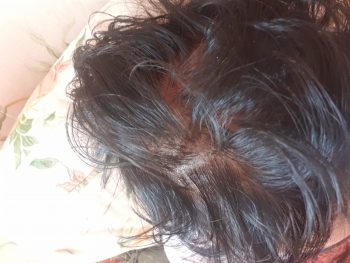
Now, there are things I have learnt about hair clinic doctors: 1) often, they are more salespeople than doctors and 2) they can use your vulnerability against you.
Not only did both these “doctors” (from 2 different institutions) diagnose me with androgenic alopecia but of course they both took me to the worst possible scenarios of what could happen (I could lose my eyebrows and eyelashes which is total bullsh*t for anyone who knows androgenic alopecia is not that girl) and immediately offered me solutions.
Expensive ones. Which- might I add- only buy you time, not a cure.
Alas, I walked out of the diagnosis feeling absolutely sad and confused and distraught. How could I be losing my hair? The one thing I was always known for, admired for. The thing I spent so much time styling (and obviously taking for granted). Why is this happening to me? Why me? I immediately started stressing which would of course, not help thinning hair.
Not long thereafter I went back to the salon and in an impulsive, not well thought out plan, I got a pixie cut. In my mind it would hide the thinning better.
At this point I knew nothing about alopecia. I didn’t know there were different kinds and most importantly I didn’t know that the solutions offered were not cures nor guarantees but really just bought you time or made certain people rich.
I did the treatment nonetheless and my part did fill up. It was noticeable through close inspection and picture comparison. I’m not saying it brought back enough hair to close the split sea but there was a noticeable change in the part.
A year later we entered level 5 lockdown. I ran out of treatment and the hair clinic was closed because hair loss is not an essential service, mom!
I resorted to good old-fashioned hair oil (which was really a concoction of essential oils and coconut oil) and I desperately oiled my hair and massaged my scalp every day. The only thing this did was give me length and not volume and definitely not new hair growth.
In May I returned to work and guess what did not return with me? Yes, my hair. At this point my hair was falling out a lot. It’s as though my follicles were dying overnight and letting go of my hair the same way Rose let go of Jack even when the cupboard had enough space for them both.
I remember running my fingers through my hair and seeing strands and strands land in my hands. This is when I was slowly starting to obsess and depress. I began taking pictures and videos of my scalp. I’d compare angles and months. Were there changes? Maybe it looks worse in the sun. Maybe the sun is a true reflection of what it looks like? What does the back of my scalp look like? Worse! What does the top of my head look like? What are people seeing when they look at me or stand above me? (short girl problems).
And so I started slipping away from myself. The texture of my hair began changing. It was more coarse and would not style. The top became noticeably thinner. The patch spread and the back of my hair was thick so keeping a bob or long pixie was not ideal.
I did not feel like myself. I cried and mourned my hair loss. I looked at old pictures of me with long hair and couldn’t believe that was me! That was my hair! I promise you the people who say “your hair doesn’t define you” “it’s just hair” are the same people who make me want to pull my hair out even more!
I must admit, I did, hypocritically try to believe and adopt this, but for someone who enjoyed her hair so much, always styling it, changing it up, experimenting and having fun with it, I could not bring myself to believe it.
I spent months obsessing and depressing. There were not many support groups or a lot of information about androgenic alopecia. I wanted real stories. Truths. Not expensive “cures” and “solutions”. This is when I found an entire community on Instagram scattered all around the world. These ladies shared their stories, their journeys, their truths and most importantly their acceptance and support. Women I didn’t even know or never even met, made me feel like I belonged, reassured me I am not alone and are probably the only ones who get to say “it’s just hair!”.
Reading their stories and being able to relate, I discovered how many ladies were affected by this in their 20’s. How sudden it was and how emotionally and mentally strong you have to be to deal with it. Every night I’d hop onto Instagram and scroll through alopecia-related content in order to educate myself about it. I slowly began feeling better and the acceptance process of grieving veered her little bald head.
One afternoon as I was about to pull my phone out to take a video of my hair/scalp. I got up from the couch, went to the bathroom, grabbed a hair removal machine with a small shaving head and I went all 2008 Britney Spears. I shaved all my hair off (very patchy as it was a facial hair remover) and I felt free.
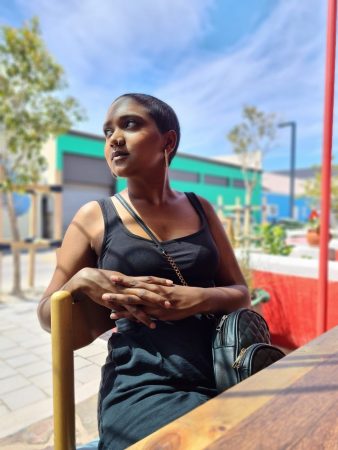
I said free, not beautiful.
The empowering feeling that you are supposed to get when shaving your hair off did not hit immediately. I waited and anticipated, but nothing. About 3 days later I felt okay. Not empowered or bold, but good. No more obsessing, no more trying to hold onto hair that doesn’t want to stay. No more expensive, money-making remedies. Just freedom.
I experimented with wigs and would dip in between the bald head, scarves and wigs. But once the acceptance kicked in, none of it mattered, not the wigs, not the hiding, not the patchy scalp. I felt no shame anymore. I felt no loss. The mourning sort of disappeared and finally I could smile. I could find myself again and smile.
Having a support system is ideal in this journey. It helps make it slightly more bearable.
The process to accept and deal with hair loss is extremely long and difficult and without the right support, it’s difficult to know where to start. I hope we can see more awareness around alopecia. All types of it.
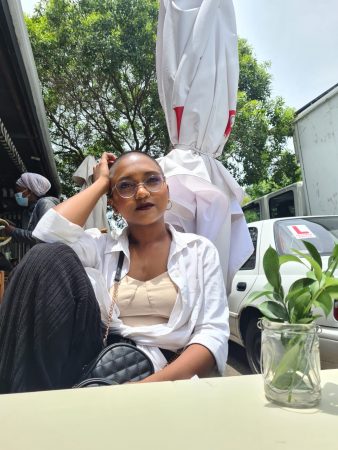
ALSO SEE:
Lira finds her voice after her stroke: “Speech difficult but I can still sing”

